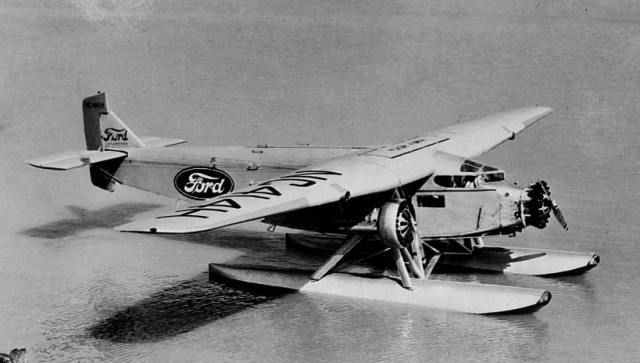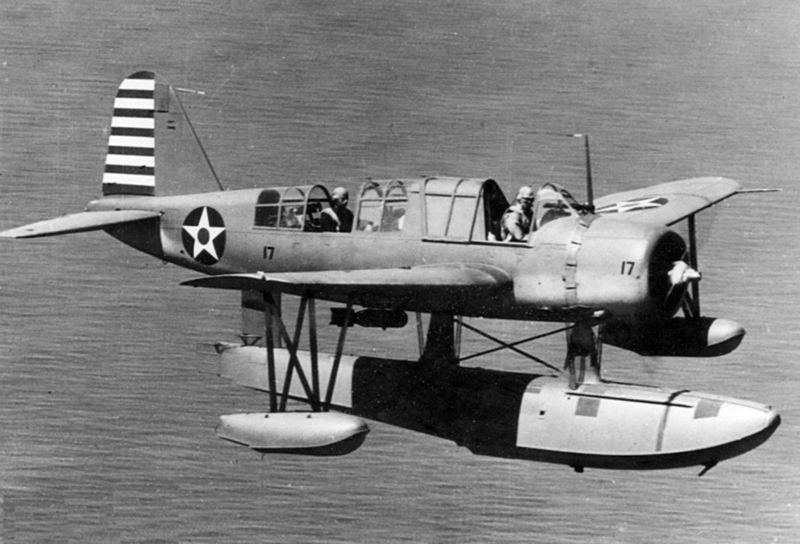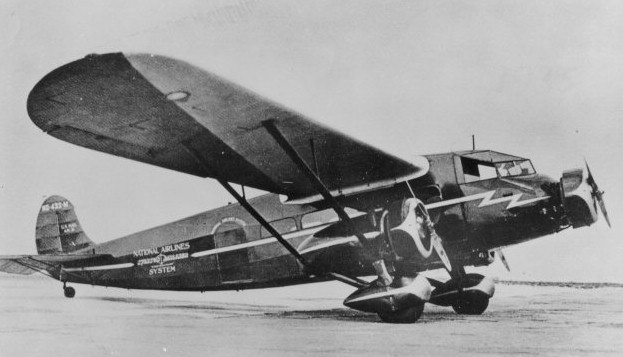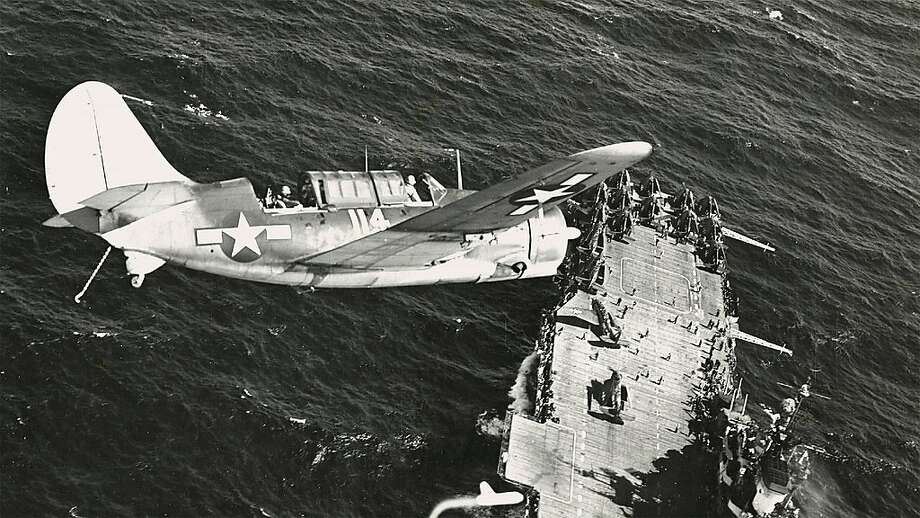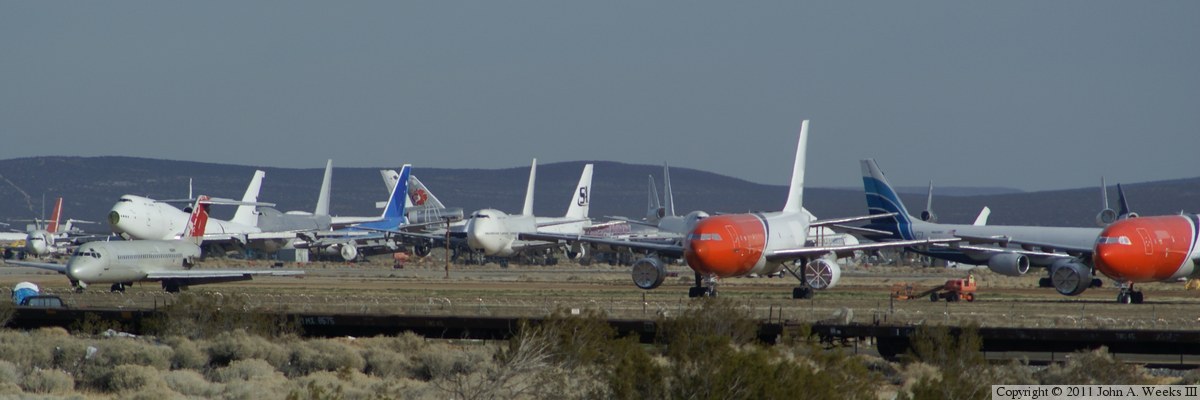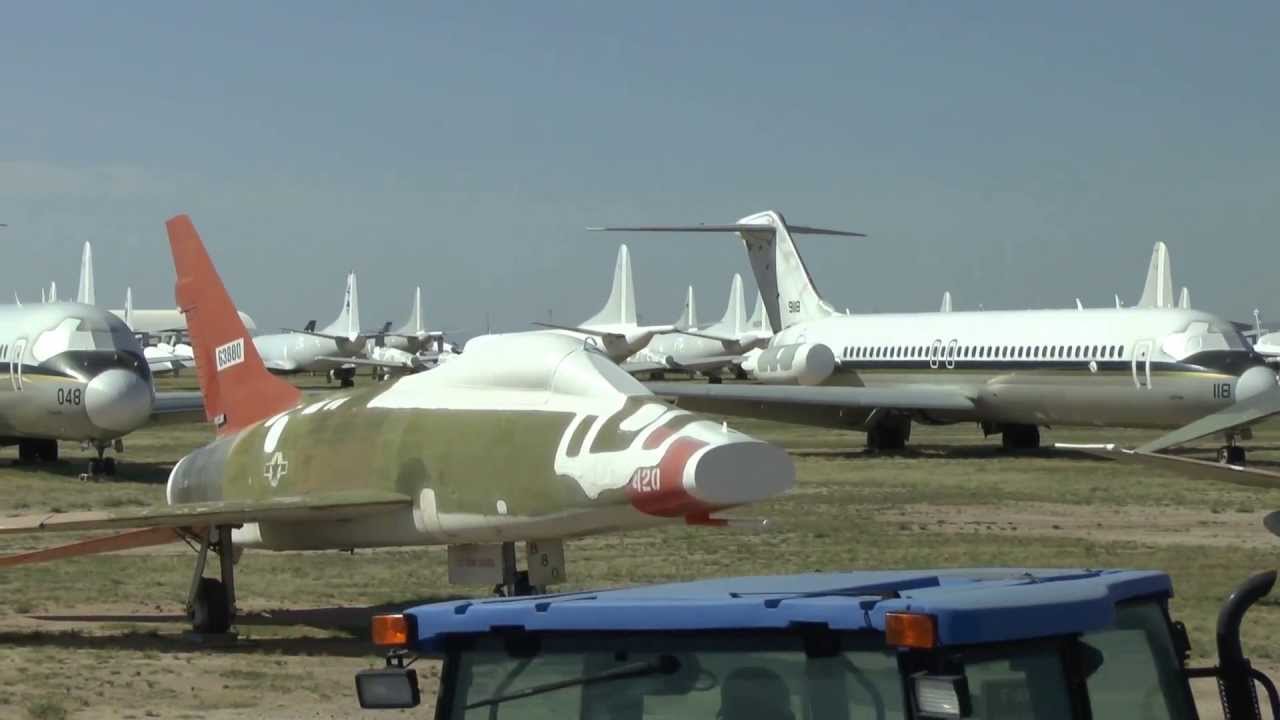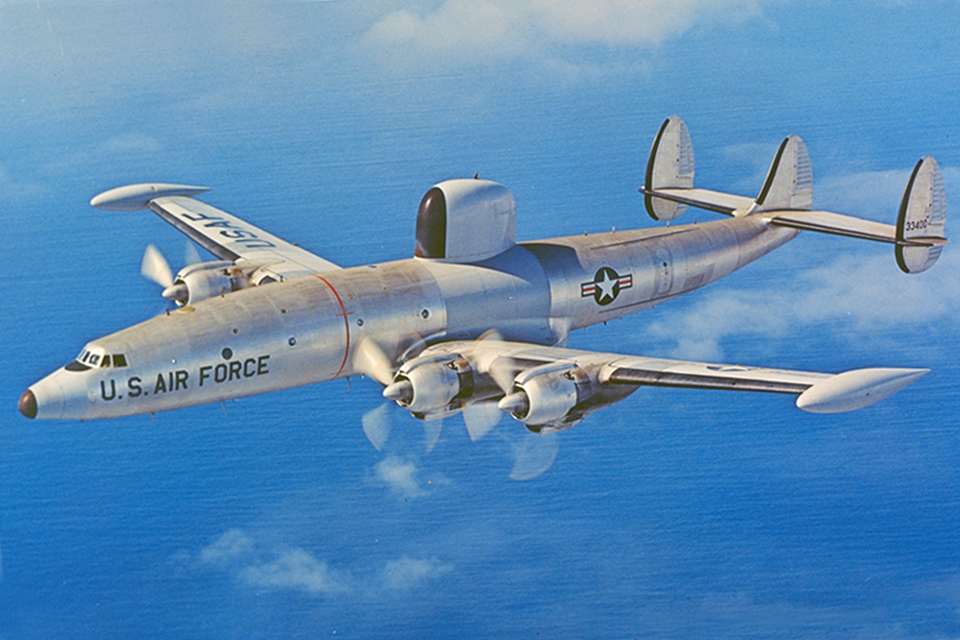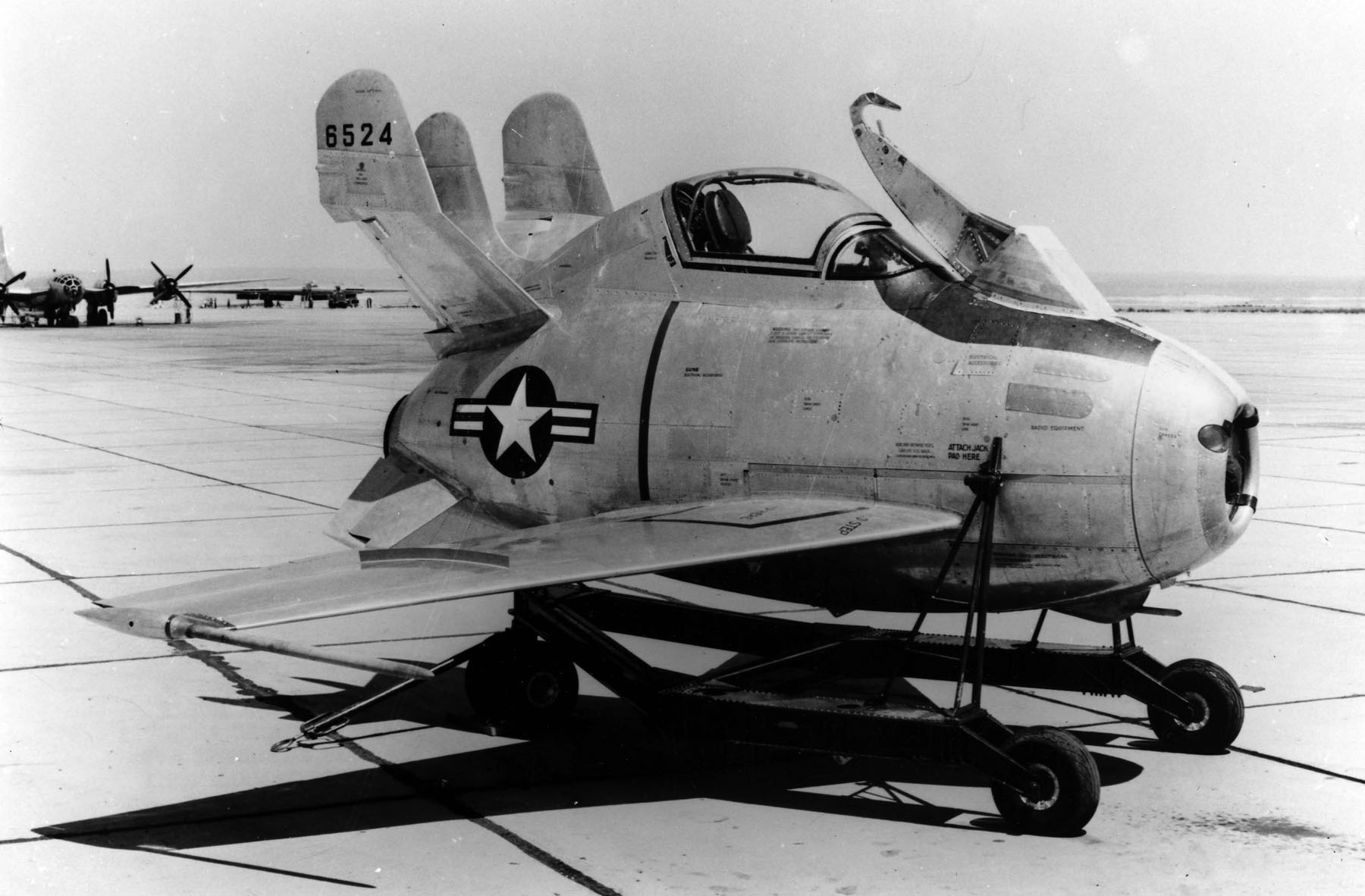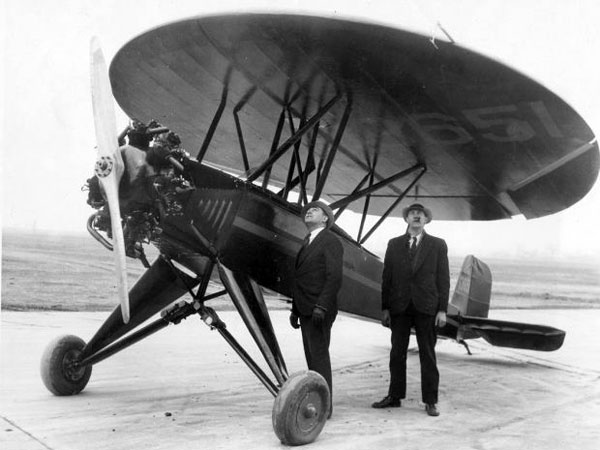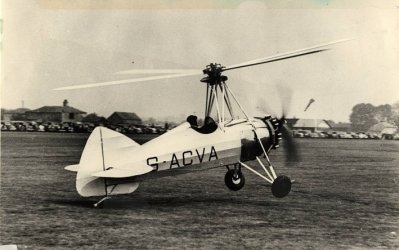You are using an out of date browser. It may not display this or other websites correctly.
You should upgrade or use an alternative browser.
You should upgrade or use an alternative browser.
Who Likes Aircraft ?
- Thread starter Auggie56
- Start date
- Local time
- 8:52 AM
- Joined
- Nov 22, 2010
- Messages
- 17,331
- Reaction score
- 20,210
- Location
- Muroc Dry Lake Bed
A very fascinating aircraft snakeyes!
Almost "fated" to perish in tragedy!
Took off from Guam the day before Japan attacked Guam
(I've been to Guam countless times TDY, interesting war History)
Read:
It was 21 January 1943, in the dire days of WW II for the U.S. and she was en route to San Francisco when she crashed during a descent for landing — losing all 19 on board. A simple marker to remember a traumatic accident.
But that is not the entire story. That story is as mysterious as it is tragic. One can visit the site, though it is in remote hills. There is likely not much to see as the military had the site dynamited and bulldozed shortly after the recovery operation was completed. Officially, the accident was determined to have occurred due to pilot error. But that is not the entire story either.
Any of the great flying boats of the day were strategic assets. They had speed and range with a large carrying capacity for cargo. Unlike the heavy bombers, these aircraft could transport over two dozen people as well as crates and sacks, for long distances per trip. Operating from an island network built by Pan American Airways (PAA) these few aircraft carried only the most important people and the most precious cargos.
This particular trip had its own challenges. The Philippine Clipper departed Guam only a single day ahead of the Japanese invasion later enduring strafing by Japanese aircraft while moored dockside on Wake Island’s lagoon — after arrival in Hawaii 26 bullet holes would be found. Tragically, on another flight thirteen months later she departed Hawaii for California though there was heavy weather there. Learning that their destination in San Francisco could not be used for landing a diversion to San Diego was recommended. Instead she headed to Clearlake, near Ukiah CA, for unknown reasons although it was familiar to PAA clipper captains. Why did she leave when California was experiencing such foul weather? Was it PAA’s decision, or the military’s who now owned and controlled her? Some of the classified information on board was hard earned — collected on several submarine missions launching and recovering swimmers near Japanese held islands. Geological information on beach sediments needed for the planning of amphibious invasions, for example. Also, information on the US Navy’s torpedo performance, or lack of it to be candid, as well as the new Japanese methods of finding and detecting the Navy’s submarines.
Almost "fated" to perish in tragedy!
Took off from Guam the day before Japan attacked Guam
(I've been to Guam countless times TDY, interesting war History)
Read:
It was 21 January 1943, in the dire days of WW II for the U.S. and she was en route to San Francisco when she crashed during a descent for landing — losing all 19 on board. A simple marker to remember a traumatic accident.
But that is not the entire story. That story is as mysterious as it is tragic. One can visit the site, though it is in remote hills. There is likely not much to see as the military had the site dynamited and bulldozed shortly after the recovery operation was completed. Officially, the accident was determined to have occurred due to pilot error. But that is not the entire story either.
Any of the great flying boats of the day were strategic assets. They had speed and range with a large carrying capacity for cargo. Unlike the heavy bombers, these aircraft could transport over two dozen people as well as crates and sacks, for long distances per trip. Operating from an island network built by Pan American Airways (PAA) these few aircraft carried only the most important people and the most precious cargos.
This particular trip had its own challenges. The Philippine Clipper departed Guam only a single day ahead of the Japanese invasion later enduring strafing by Japanese aircraft while moored dockside on Wake Island’s lagoon — after arrival in Hawaii 26 bullet holes would be found. Tragically, on another flight thirteen months later she departed Hawaii for California though there was heavy weather there. Learning that their destination in San Francisco could not be used for landing a diversion to San Diego was recommended. Instead she headed to Clearlake, near Ukiah CA, for unknown reasons although it was familiar to PAA clipper captains. Why did she leave when California was experiencing such foul weather? Was it PAA’s decision, or the military’s who now owned and controlled her? Some of the classified information on board was hard earned — collected on several submarine missions launching and recovering swimmers near Japanese held islands. Geological information on beach sediments needed for the planning of amphibious invasions, for example. Also, information on the US Navy’s torpedo performance, or lack of it to be candid, as well as the new Japanese methods of finding and detecting the Navy’s submarines.
- Local time
- 11:52 AM
- Joined
- Oct 25, 2010
- Messages
- 35,152
- Reaction score
- 134,295
- Location
- Monroe, New York

- Local time
- 10:52 AM
- Joined
- Feb 20, 2012
- Messages
- 59,299
- Reaction score
- 205,143
- Location
- Maskachusetts
Bladecutter
"Pursuit of Shape"
- Local time
- 10:52 AM
- Joined
- Feb 20, 2012
- Messages
- 59,299
- Reaction score
- 205,143
- Location
- Maskachusetts
What a difference 80+ years makes...
I went to the Robbinsville NJ airport after I bought my gyrocopter to see if anyone at Pitcairn Avaition could give me lessons. I just walked right into their hangar and into Pitcairn's son. He was about 80 years old and grouchy. He yelled, "who let you in here?!" After I explained why I was there and that I admired his dad, he calmed down and told me I could look around his hangar. He still had his dad's autogyro there and he flew it on an anniversary date every year (until a couple of years before he died). His firm was cranking out brand new biplanes in his hangar. Very cool stuff!
- Local time
- 8:52 AM
- Joined
- Mar 14, 2012
- Messages
- 17,064
- Reaction score
- 28,667
- Location
- Surrey, B.C. Canada
Although everyone knew the North American F-86 Sabre, here in Canada we built our own. Canadair produced them under license, most of them had more powerful engines (Orenda) than the US General Electric. When Jacqueline Cochran broke the woman's speed records in 1953, she used the faster Canadian version. In total, over 1800 of these were built for the RCAF, RAF, the German air force, South Africa and 60 for the USAF.


Similar threads
- Replies
- 97
- Views
- 6K
- Replies
- 80
- Views
- 10K



